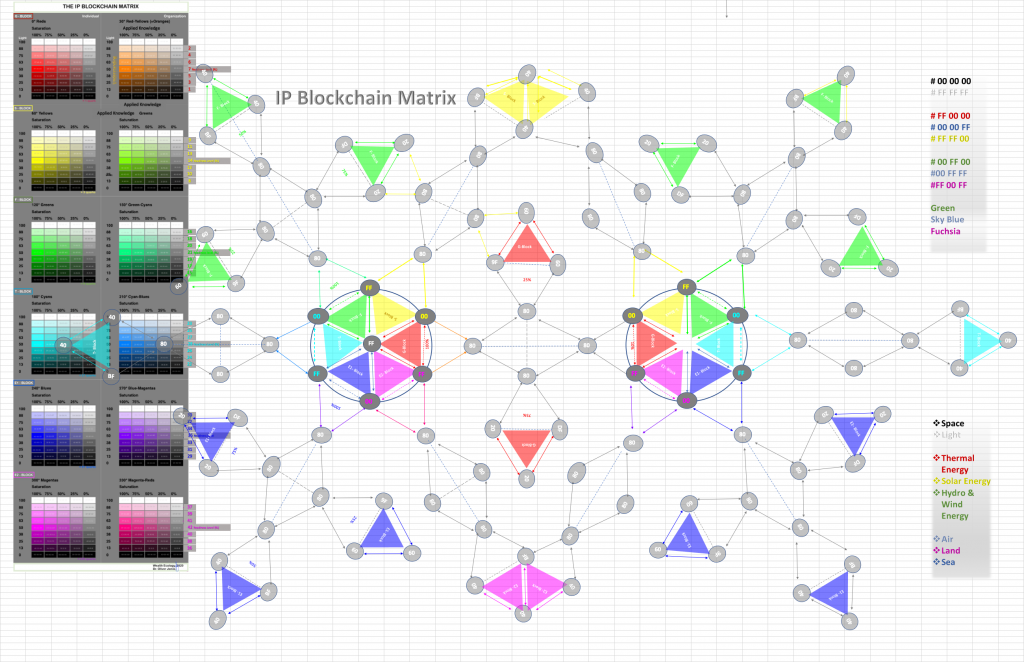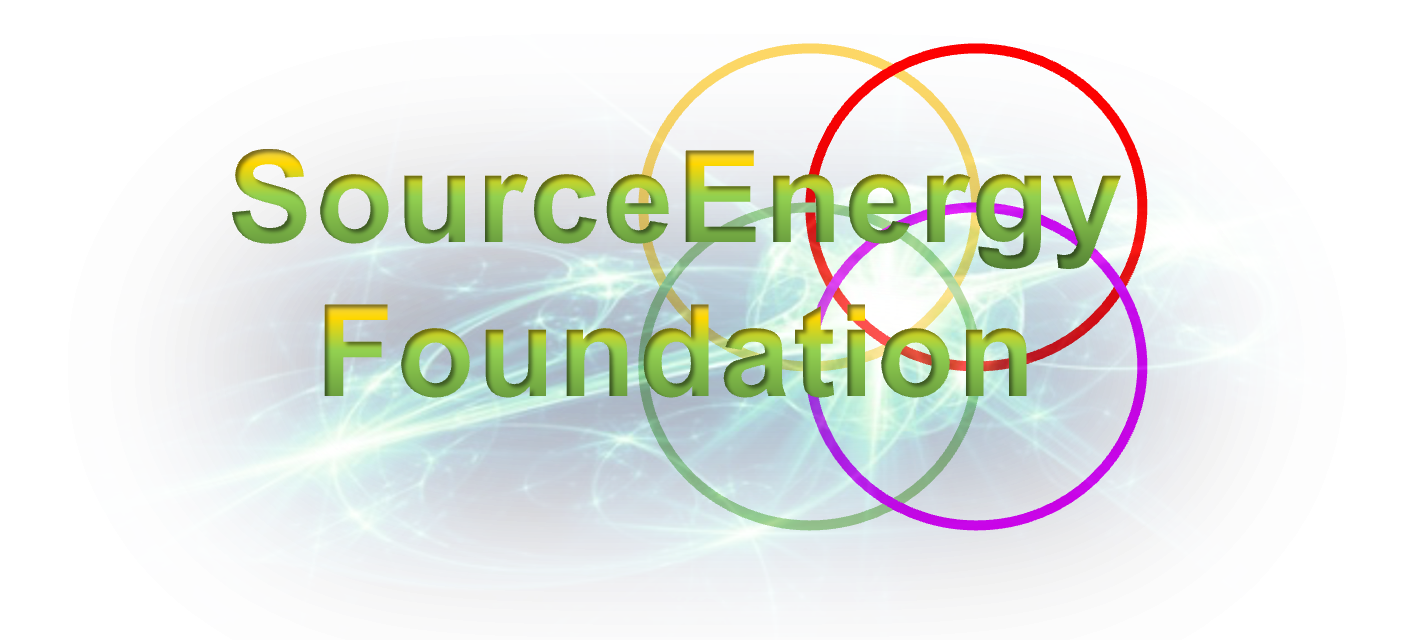IPBCM Dev

Matrix Overview and Color Encoding:
The matrix utilizes color to represent varying degrees of saturation, corresponding to energy or knowledge levels. The progression from white to black, through different hues and saturations, portrays a journey from pure knowledge or optimal resource utilization to potential areas for enhancement.
Color and Energy Correspondence:
Each color within a specific block corresponds to distinct energy or knowledge levels. The varying shades and saturation levels in each hue represent gradients of this energy.
- Reds and Red-Yellows: Symbolize foundational concepts, principles, and beginnings. Given their placement in the G-Block, these colors may signify the fundamental ideologies and resources that initiate the wealth creation journey.
- Yellows and Yellow-Greens: Represent primary resources and assets foundational to wealth generation. They encapsulate the sources from which all other wealth-related actions sprout.
- Greens and Green-Cyans: Represent the structural and temporal elements, emphasizing planned growth, sustainability, and timelines for wealth accumulation.
- Cyans to Magentas: Highlight the encompassing environment and expansionary nature of wealth. These shades underscore the societal, environmental, and growth-oriented aspects, moving from established structures to expansive endeavors.
Organizational vs. Individual Dynamics:
The clear demarcation between ‘Individual’ and ‘Organization’ sides of the matrix underscores the duality of wealth ecology. It reiterates the interplay between personal and collective aspirations, suggesting that both these facets need to be in harmony for optimized wealth management.
Hex Code Significance:
The hex codes associated with each color shade provide a means of digital identification, allowing for precise tracking, auditing, and resource allocation in digital ecosystems. The idea of rotating hex pairs might allude to the dynamic nature of resource sharing, emphasizing adaptability and collaboration.
Numbers and Granularity:
The numbering system, ranging from 1-42, offers a layered approach to wealth components, ensuring detailed attention to every aspect of wealth management. It permits micro-level insights and actions, facilitating continuous refinement.
Conclusion:
The IP Blockchain Matrix is a visual representation of the Wealth Ecology Model, amalgamating blockchain’s decentralized and immutable nature with the multifaceted realm of wealth creation, management, and distribution. The matrix serves as both a conceptual framework and a functional tool, guiding stakeholders through the nuances of wealth ecology and ensuring that both individual and collective aspirations are catered to in an optimized manner.
SourceEnergy Group R&D

Phase 1: Define the Framework
- Design Principles: Begin by laying down the design principles that the matrix should abide by, keeping the Wealth Ecology Model at the forefront. This would entail:
- Transparency: Every transaction or change is visible and verifiable.
- Decentralization: Empowering individual nodes, representing the dual nature of individual and organization.
- Immutability: Ensuring that once a block is added, it cannot be altered, preserving the integrity of knowledge or energy.
- Block Definitions: Align each block (G-Block, S-Block, etc.) with its functional definition in terms of energy, knowledge, or wealth representation.
Phase 2: Integrate the Color Coding System
- Color Spectrum: Establish the color spectrum for each block, ranging from white (pure energy) to black (absence of energy). Use the hex code system for precise identification and representation.
- Energy Mapping: Map specific energy levels to color shades. For instance, high energy levels could correlate with brighter shades, and vice versa.
- Hierarchy of Blocks: Determine the flow of blocks in the matrix, starting from the G-Block and proceeding towards the E1-Block, to represent the journey of wealth or knowledge acquisition and growth.
Phase 3: Implement Blockchain Mechanics
- Chain Formation: Every subsequent block derives information from the preceding block, ensuring continuity and reliability. This chaining ensures that knowledge or energy is transferred and built upon systematically.
- Decentralized Ledger: Implement a decentralized ledger system where each node (representing individual or organization) has a copy of the entire matrix. This promotes transparency and collaboration.
- Consensus Mechanism: To add a new block, a consensus mechanism ensures that the majority of nodes agree upon the authenticity of the block.
Phase 4: Granular Insights & Hex Dynamics
- Numbering for Detail: Incorporate the 1-42 numbering system to each block, offering granular insight into energy or knowledge segments.
- Hex Pair Rotation: Create a mechanism where the hex pairs of community and individual blocks can rotate or interact, symbolizing the dynamic interplay between individual and collective goals.
Phase 5: Platform Development & Deployment
- User Interface: Design a user-friendly interface for stakeholders to interact with the matrix, visualizing energy flows, block information, and transaction details.
- Security Measures: Integrate security protocols to protect the matrix against unauthorized alterations or malicious activities.
- Training & Onboarding: Provide educational resources and training modules for users to familiarize themselves with the matrix’s functionalities and underlying principles.
Conclusion:
The IP Blockchain Matrix, once developed, will act as an intricate tool that marries the concepts of blockchain and the Wealth Ecology Model. By doing so, it promises to offer stakeholders a transparent, reliable, and dynamic system to navigate the multifaceted world of wealth management, both at an individual and collective level.
*SourceEnergy Group
